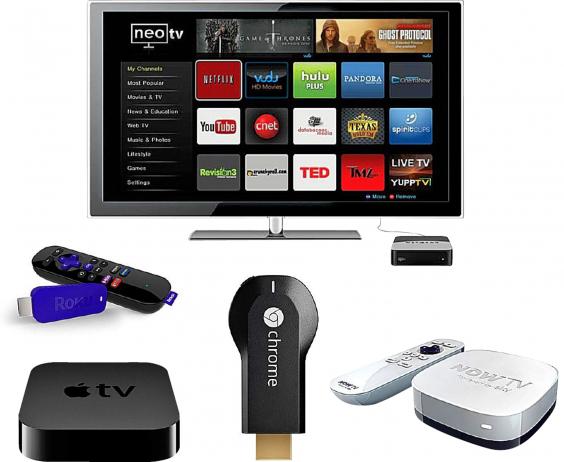 |
| Are you ready to cut the cord in all your gadgets? |
We just completed a survey on holiday buying trends, and the most demanding technology product are Bluetooth wireless headphones.
In
August I pointed out that Apple wants to take a lead role and move
everyone to wireless gadgets in the near future. Apple has a history of
driving the industry and this movement seems to be another in which
Cupertino could play a key role.
As
I mentioned in that article, I have not used headphones wired on my
ipad, iphone or various Android devices for years. Since all have
Bluetooth wireless radios, it only makes sense, at least for me, to cut
the wires and only use wireless headphones for music or phone calls. I
still have a lot of cable headphones of some kind and fortunately, Apple
includes a 3.5 mm audio input converter to the USB-C input so you can
use these older headphones if needed. However, once you get used to a
cordless handset, you never really want to go back to a cable if you can
avoid it.
As
a result, we are seeing a lot of new wireless headphones popping up
everywhere, so the prices are still dropping. Of course, the first-line
wireless headphones are still in the range of 399-500 dollars, but I've
seen some really big in the range of 199-299 dollars too. I am
especially interested in the new Sony MDR-1000. These are the best noise
cancelling headphones I've used and I find the sound quality better
than my headphones with Bose noise cancelling.
This
is the beginning of a move towards a fully wireless mobile environment
within the next two or three years. It starts with the headset, but it
will soon move to smartphones and laptops as well. In fact, several
reports suggest that Apple could add wireless charge to the iphone next
year. Given Apple's history of advancing the industry forward, a
movement like this could eventually start up this nascent market.
The
disadvantage of this transition will be the cost. I suspect that the
first generation of smartphones and laptops that move to the wireless
charge will be expensive, which means that only high-end models will
have it – at least at first. If Apple adds wireless charge to the
iphone, it will move its competitors to follow its example in its
high-end models very fast and ultimately reduce costs so that most
high-end and mid-range products have this feature.
But
the big problem with the wireless charge right now is the competition
of standards. A good booklet on this comes from Phonea, which created an
overview when it comes to smartphones. A big boost to who will lead the
future of the wireless charge is the Apple standard when you add the
wireless charge to your iOS platform.
In
conversations with several laptop vendors, they are also considering a
move towards adding wireless load, but only on high-end models at first.
Dell can be the driving force here. In June, it introduced a portable
wireless charging system based on the WiTricity wireless charge
standard.
Personally, I'm waiting for the day when I don't have to carry multiple wired chargers.
0 comentarios: